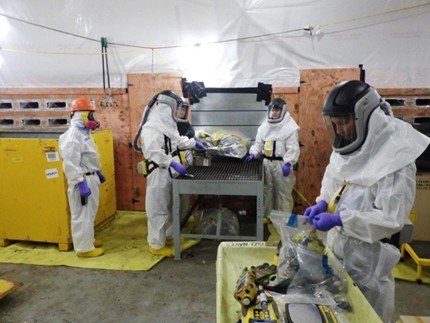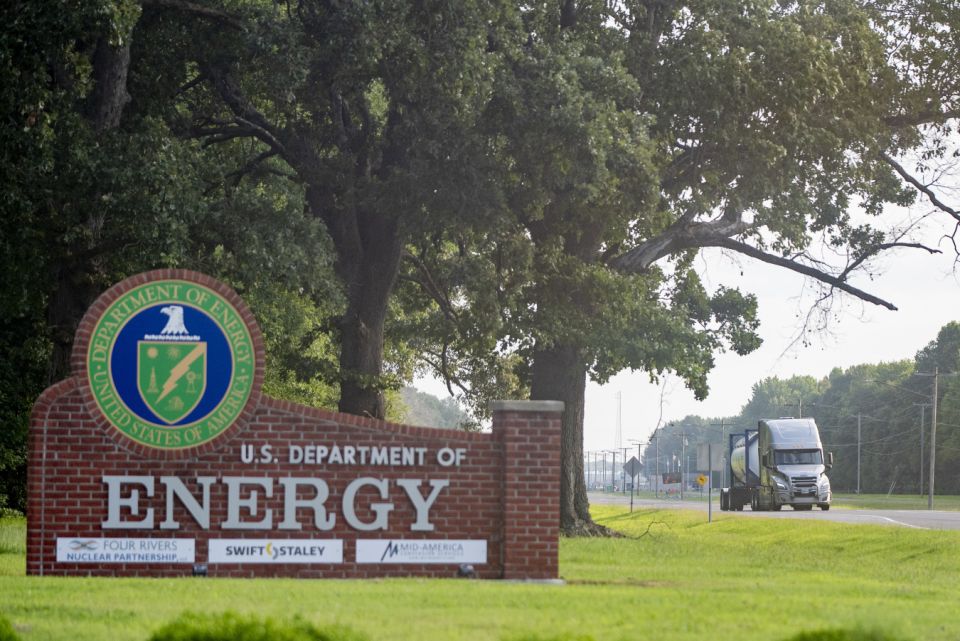DOE appoints Candice Robertson to role of EM-1

White

Robertson
The Department of Energy has selected Candice Robertson to head the department’s Office of Environmental Management as acting assistant secretary (EM-1). Robertson has over 20 years of experience in radioactive waste management and previously served as principal deputy assistant secretary and as an associate principal deputy assistant secretary for DOE-EM.
Robertson replaces William "Ike" White, who was nominated by President Biden on May 23 to serve on the Defense Nuclear Facilities Safety Board, the independent agency responsible for ensuring that DOE facilities are protective of public health and safety. White, who has held the position of EM-1 since June 2019, will continue to serve as a senior advisor while he awaits confirmation to the DNFSB.

-3 2x1.jpg)







